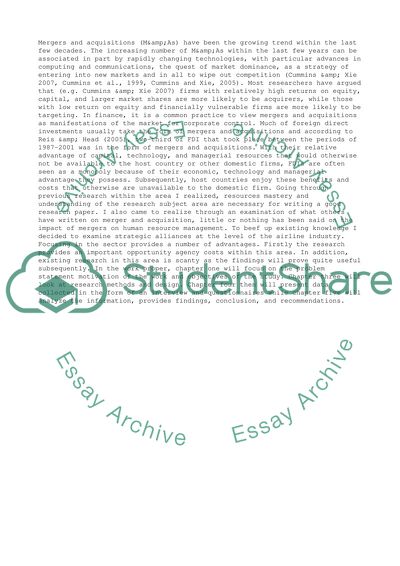Cite this document
(“Strategic Alliances in the Airline Industry Essay”, n.d.)
Retrieved from https://studentshare.org/business/1513114-strategic-alliances-in-the-airline-industry
Retrieved from https://studentshare.org/business/1513114-strategic-alliances-in-the-airline-industry
(Strategic Alliances in the Airline Industry Essay)
https://studentshare.org/business/1513114-strategic-alliances-in-the-airline-industry.
https://studentshare.org/business/1513114-strategic-alliances-in-the-airline-industry.
“Strategic Alliances in the Airline Industry Essay”, n.d. https://studentshare.org/business/1513114-strategic-alliances-in-the-airline-industry.


